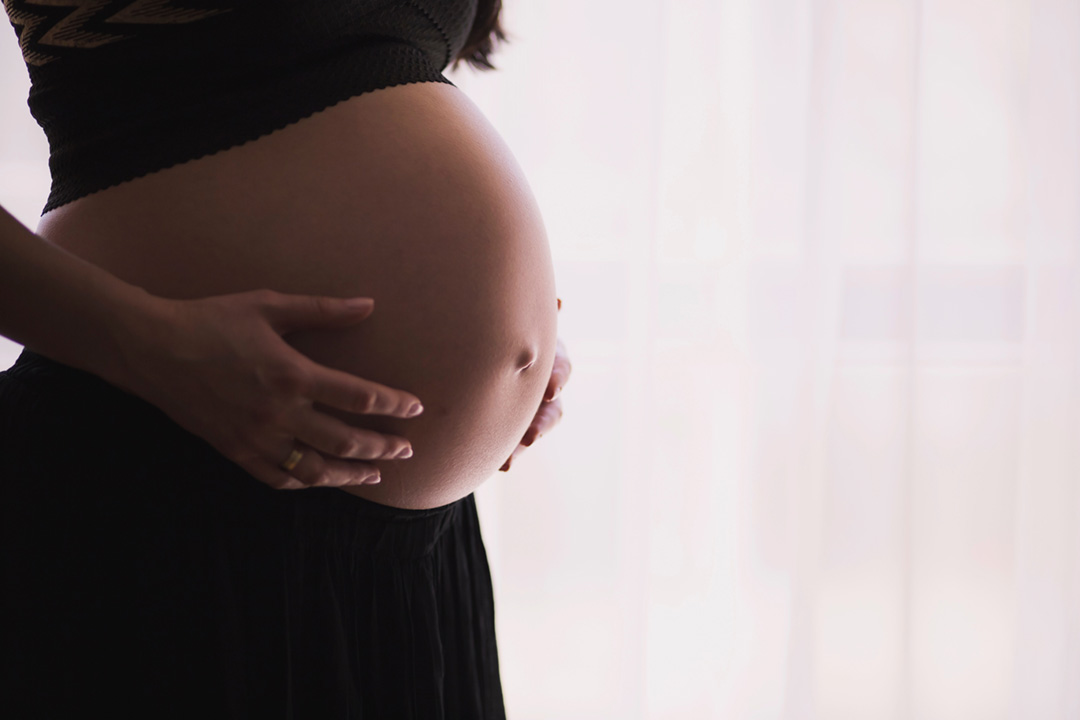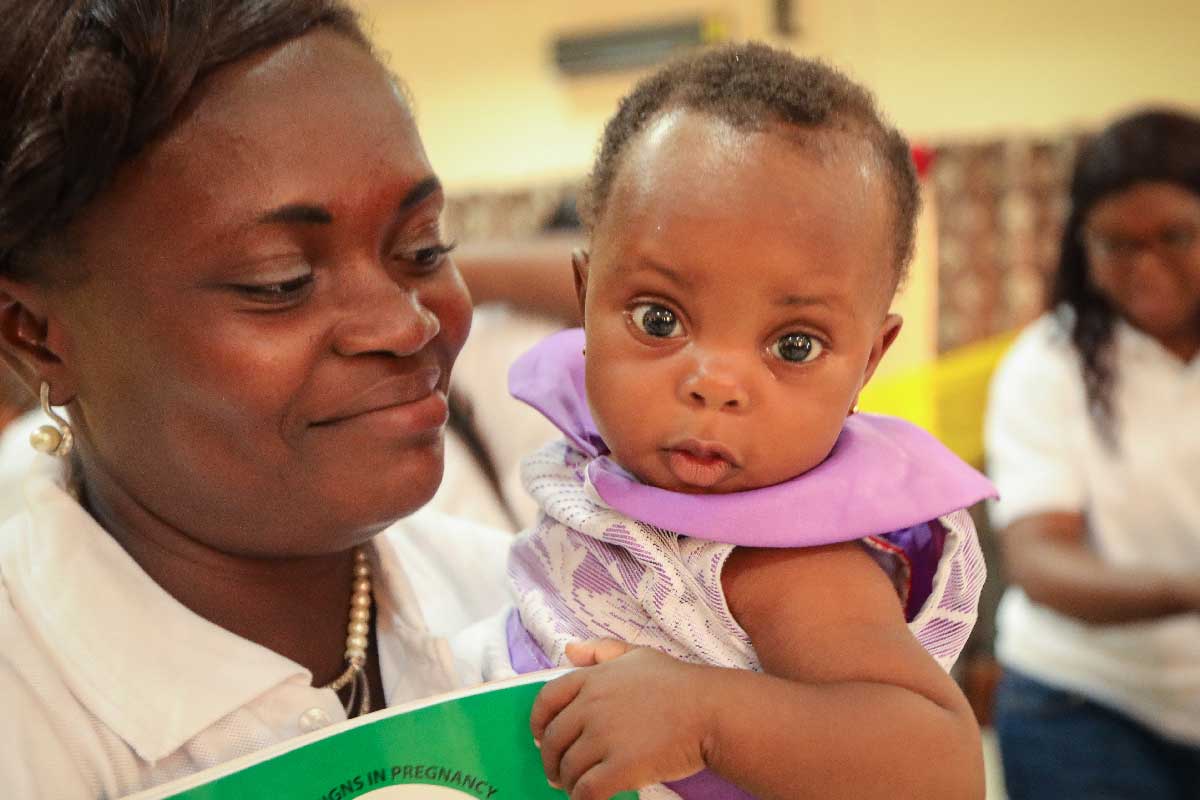1918 Spanish Flu was associated with higher risks of stillbirths and low birth weights
Study emphasises the need to consider maternal and infant health in pandemic planning.
- 16 August 2023
- 3 min read
- by Linda Geddes

Historical data from a Swiss maternity hospital suggests that the 1918 Spanish Flu pandemic was associated with a significant increase in stillbirths and babies born with low birth weights, in a pattern similar to developments witnessed around COVID-19.
Mothers who were pregnant during the months when influenza infection rates were at their peak had more than double the rate of stillbirths.
The study highlights the hidden impact that pandemics can have on maternal and infant health, and underscores the need to consider needs of mothers and babies when planning for future pandemics, including a possible influenza pandemic.
Developing babies are highly sensitive to changes in their mothers' nutrition, and their ability to access healthcare during pregnancy and beyond. This was seen during the early part of the COVID-19 pandemic, when health service disruptions were estimated to correspond with a 3.6% increase in child deaths.
Environmental and non-genetic maternal factors such as nutrition and severe stress have been estimated to account for 60–70% of the variation in an infant's weight at birth, while exposure to influenza in the uterus can also have a negative effect on an infant's future health, including by increasing the likelihood of premature birth.
Have you read?
To investigate the impact that the 1918-1919 "Spanish flu" influenza pandemic had on infant health, Kaspar Staub and colleagues at the University of Zurich in Switzerland analysed data on mothers and neonates from the Bern Maternity Hospital from 1880 to 1900 and from 1914 to 1922.
The research, published in PLOS ONE, found that, overall, the rate of pre-term births and stillbirths decreased between the earlier dataset and the later one. However, the incidence of low birth weight significantly increased during 1918 and 1919, coinciding with the arrival of the influenza pandemic.
Furthermore, mothers who were pregnant during the months when influenza infection rates were at their peak had more than double the rate of stillbirths.
While many factors can influence neonatal health, the authors believe there is likely to be some consistency across pandemics, with similar patterns of increased stillbirth and low birth weight seen for pregnancies during both the 1918 influenza pandemic and COVID-19.
"Pandemics are increasingly reported to negatively influence pregnancy outcomes," they said. "Our study is another example showing that the greatest pandemic of the last century was associated with higher risks of stillbirths and low birth weight. This urges us to better prepare for future pandemics to mitigate their effects on maternal and neonatal health."








